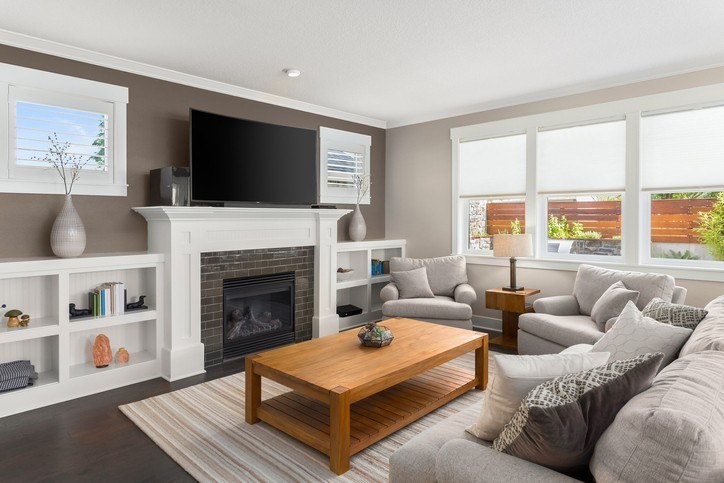

Home / Blog / Home Insurance / Personal Property Insurance

Personal property insurance refers to the section of your homeowners or renters insurance policy that provides coverage for your personal belongings. In most homeowners policies, Coverage C is the section that addresses personal property coverage.
Free Home Insurance Comparison - Save up to 30%
No junk mail. No spam calls. Free quotes.
No Signup required
There are two types of personal property insurance policies that offer different amounts of coverage.
When any damage to or loss of your personal belongings occurs in a covered peril you can file a claim with your insurance provider.
This applies to your property whether it was damaged in your home or outside of it. That means that if you have jewellery stolen from a hotel room, you are still covered.
Free Home Insurance Comparison - Save up to 30%
No junk mail. No spam calls. Free quotes.
No Signup required
In all personal property insurance policies, your insurance pays for a replacement or repairs to your belongings up to a limit of liability. This limit of liability is a fixed amount that your insurer will pay for a single loss. The declarations page of your homeowners or renters insurance policy will tell you what the limit of liability is in each of your policies.
Most often, the limit of liability is 50% of your dwelling coverage. So, if your home is insured for $400 000, then your limit of liability would cover up to $200 000 worth.
Every policy is different, as are everyone’s individual insurance needs. The amount of coverage that you need will depend on what your personal belongings are and the amount of coverage offered will depend on your provider and your policy.
There are two ways that your insurance provider may issue payment for your claims on personal property. They are:
It is also important to note that certain high theft items have limits on how much an insurance company can pay to replace them. They included (but are not limited to):
Free Home Insurance Comparison - Save up to 30%
No junk mail. No spam calls. Free quotes.
No Signup required
If you wish to purchase more personal property insurance coverage you can speak to your insurance provider about either an enhanced policy or a scheduled property endorsement. An enhanced policy raises the liability limits, while a scheduled property endorsement allows you to increase coverage on specific items.
Lauren Lewthwaite Lauren Lewthwaite has been freelance writing for almost five years writing content that ranges from health to insurance and everything in between. Lauren is also a trained translator in French and English and is a dog-mom to an adorable Australian Shepherd.